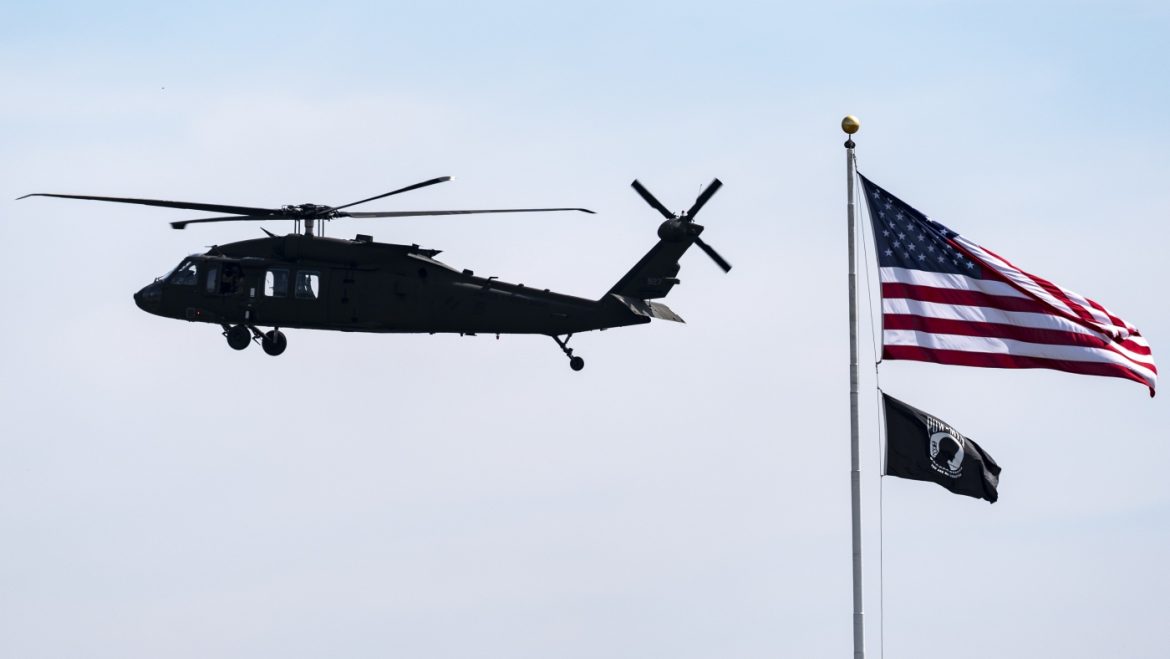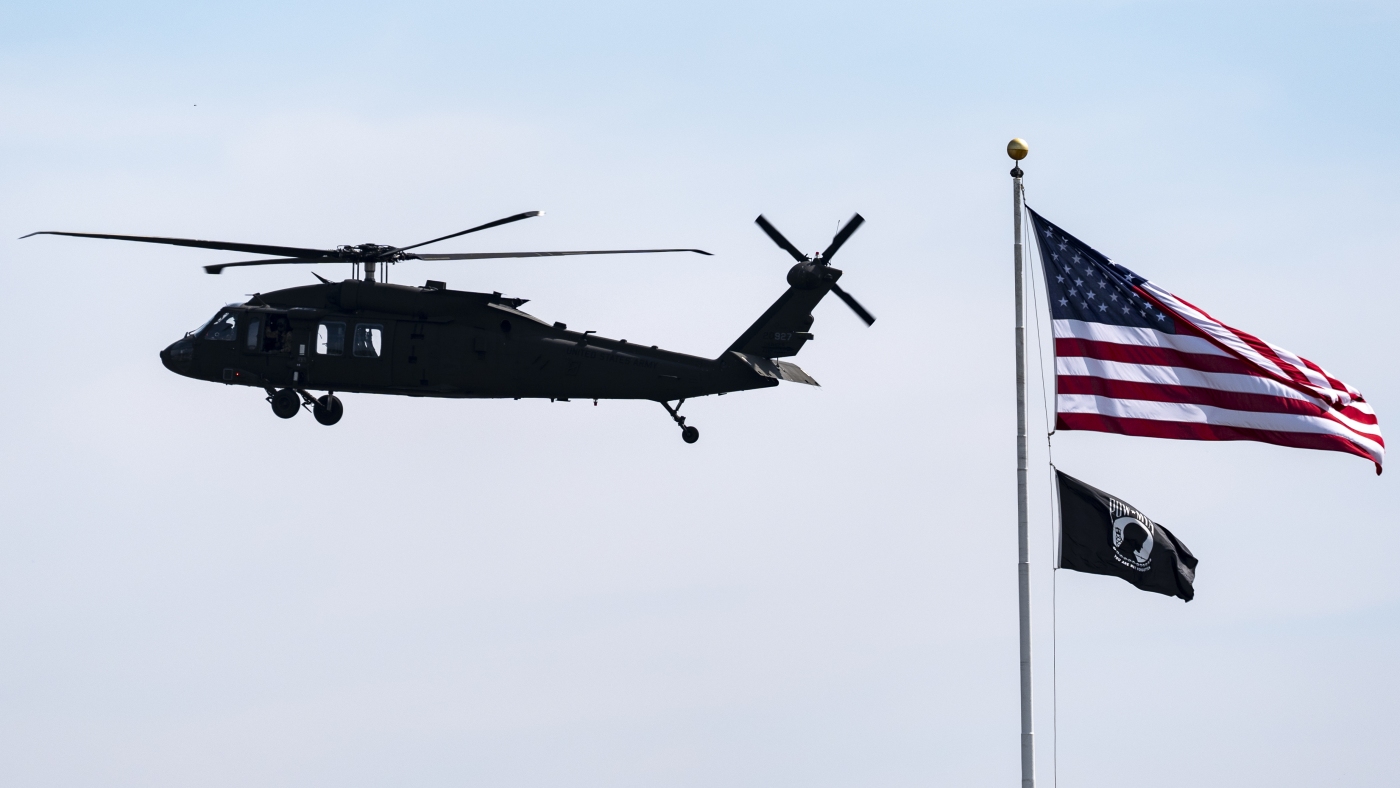The persistent inoperability of the hotline connecting the Pentagon with Washington’s Ronald Reagan National Airport (DCA) air traffic controllers reveals a significant gap in aviation safety and inter-agency coordination that has persisted since early 2022. This communication breakdown underscores the challenges faced in maintaining secure, efficient, and reliable airspace management, especially concerning military and civilian coordination in a high-stakes environment.
The Critical Role of the Hotline in Aviation Safety
Air traffic control systems are the backbone of aviation safety, facilitating seamless communication among controllers, aircraft, and military command centers. The hotline between the Pentagon and DCA controllers was specifically designed to enable direct and immediate communication, especially during military operations, emergency scenarios, or unusual flight patterns involving military aircraft like helicopters and fighter jets. Its existence signifies an acknowledged need for rapid coordination beyond routine radio exchanges, reducing misunderstandings and response times in critical moments.
The failure of such a dedicated link can have far-reaching implications, especially considering recent incidents such as the collision involving an Army helicopter and a passenger jet at DCA. Although direct causality may not be entirely clear, the hotline’s inoperability raises concerns about potential lapses in escalation procedures and situational awareness during complex flight operations.
Timeline and Causes of the Hotspot Issue
According to multiple reports, including statements from FAA officials, the hotline has been non-functional since March 2022. The FAA attributes this inoperability primarily to infrastructure upgrades at the Pentagon, notably the construction of a new control tower. Despite the hardware issues, the FAA has emphasized that alternative communication channels, primarily telephone coordination, continue to facilitate contact between the Pentagon and the airline controllers.
This situation points to a technological and logistical challenge: infrastructure upgrades, while essential for future resilience, temporarily compromise the dedicated direct access systems that are critical during routine and emergency operations. Maintaining backup communication channels, such as telephone lines, is an important stopgap; however, they lack the immediacy and precision of a dedicated hotline, especially during urgent scenarios requiring rapid coordination.
Broader Impact and Safety Concerns
The potential safety risks linked to such communication disruptions are non-trivial. The hotline’s failure might have contributed to near-miss incidents, notably the one reported by KOAT Channel 7, which noted that a broken FAA hotline may have played a part in a near collision at Reagan National Airport. Military helicopter operations are often sensitive due to their lower altitude flights, close proximity to civilian aircraft, and the complexity of integrating military airspace usage into civilian air traffic management.
The inability to quickly confirm intentions, coordinate flight paths, or alert each other to sudden changes can elevate the risk of miscommunication, especially amid increased air traffic or during adverse weather conditions. When the link is severed, controllers and military units must rely on less efficient means, thereby increasing reliance on human judgment and adding potential delays.
Administrative and Political Dimensions
The FAA’s insistence that the hotline be restored before resuming helicopter flights underscores a recognition of its importance in operational safety protocols. The downtime of such a communication tool is especially sensitive given the increased scrutiny on military-civil aviation integration, following incidents and near misses.
Furthermore, the issue has attracted attention from oversight bodies, including the Senate, reflecting broader concerns about infrastructure resilience and inter-agency communication protocols. The FAA and Department of Defense face the challenge of prioritizing rapid repair and modernization of critical links, ensuring that they are resilient against future infrastructure upgrades or unforeseen disruptions.
Challenges in Maintaining Critical Communications
This breakdown illustrates several systemic challenges. First, the aging nature of communication infrastructure in military and civilian air traffic control facilities can be vulnerable during upgrades and maintenance. While modernization is essential, it needs to be accompanied by robust contingency planning and redundant systems to prevent operational gaps.
Second, the compartmentalized management of military and civilian aviation infrastructure may hinder seamless communication. While alternative methods like telephone coordination exist, they are less effective during real-time operations, especially during high-stakes or unexpected situations.
Third, the coordination between agencies often involves bureaucratic hurdles and logistical delays that can prolong outage periods. The fact that the hotline has remained non-functional for over three years indicates the need for policy reforms, investment in resilient systems, and perhaps the integration of more advanced, automated paths of secure communication.
Moving Forward: Ensuring Resilience and Safety
Restoring and securing the hotline should be a priority for both the FAA and military authorities. Redundancy measures need to be established that not only restore the dedicated link but also incorporate backup systems capable of maintaining secure, immediate communication during outages.
Investments in modern, encrypted digital communication channels that can be automatically activated during hardware failures may serve as a more resilient alternative to traditional hotlines. These systems should be tested regularly and integrated into standard operating procedures to ensure seamless transition during outages.
Inter-agency collaboration must be strengthened through joint drills, shared infrastructure investments, and clear protocols for emergency communication when primary systems fail. Transparency with the public and oversight agencies can also foster accountability and accelerate infrastructure upgrades.
Conclusion: An Urgent Call for Resilient Communication Infrastructure
The inoperability of the crucial hotline between the Pentagon and DCA air traffic controllers since early 2022 highlights vulnerabilities at the intersection of military and civilian aviation safety. This issue emphasizes the importance of resilient, redundant communication systems that can withstand infrastructural upgrades, technical failures, or other disruptions. In an era where airspace safety and security are paramount, neglecting such critical links poses unacceptable risks.
Ensuring continuous, secure, and immediate communication channels is not merely a technical concern but a fundamental pillar of maintaining the safety of millions of travelers, military assets, and the integrity of national security. Restoring and future-proofing these vital connections must remain a top priority for aviation authorities and defense agencies to prevent potential disasters and safeguard the skies.


